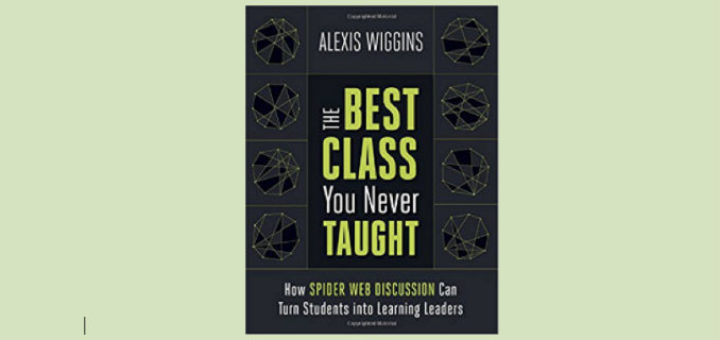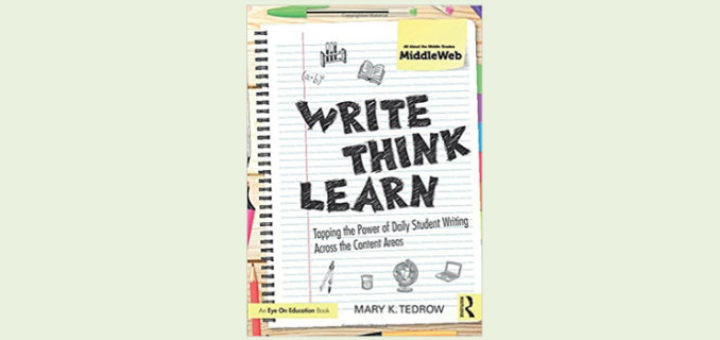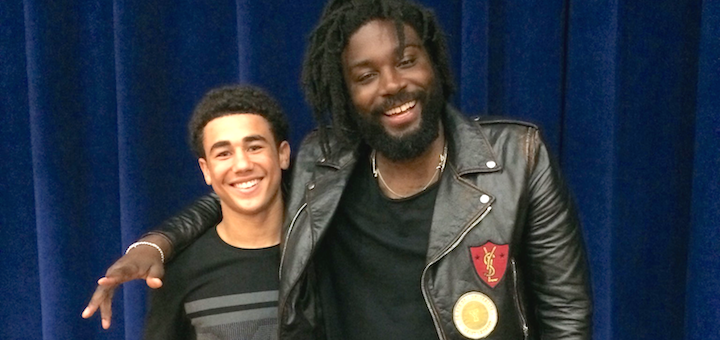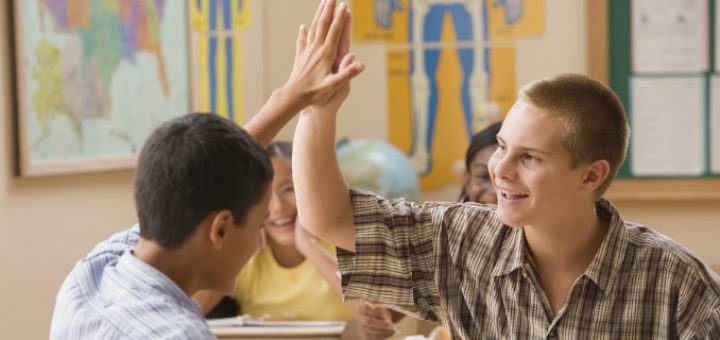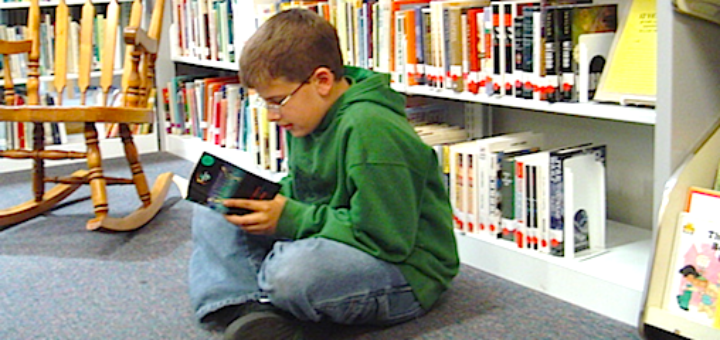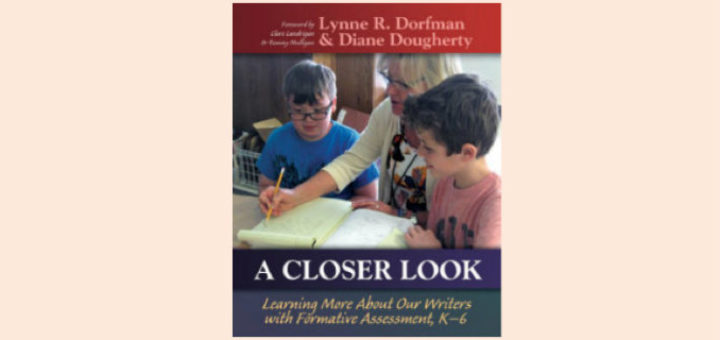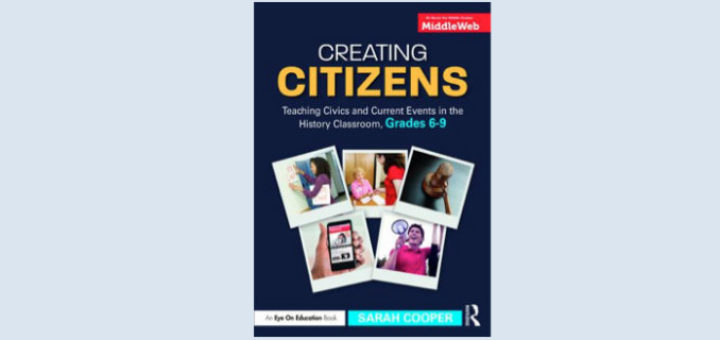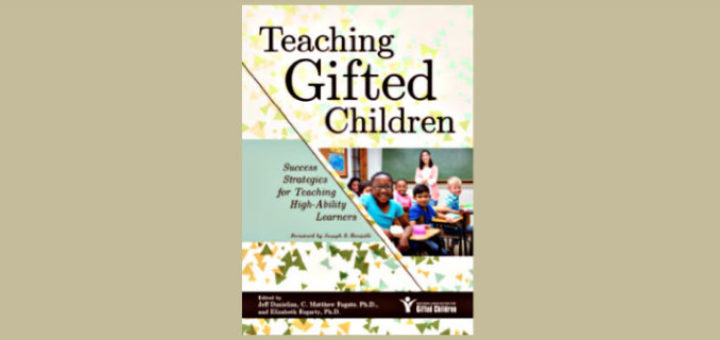Teaching and learning in grades 4-8
When Cheryl Mizerny polled her students about their stress levels, she found both social and school related concerns: noise, homework, time management, grades and testing. She shares actions teachers and schools can take to mitigate stress and promote student growth.
Alexis Wiggins has taken a 1930s Socratic discussion strategy and enriched it to provide more detail about process, assessment and self-reflection. Teacher Joanne Bell finds Wiggins’ Spider Web technique a useful tool to develop learners ready for 21st century employment.
Mary Tedrow makes a strong case for daily student writing that generates ideas and wonderings not only in English but all content areas. Sarah Cooper finds Tedrow’s detailed guide to using Daybooks and her recommendations on grading and indexing particularly helpful.
Middle grade students crave role models and great stories. Author visits provide both in a very tangible way. Learn how media specialist & NBCT Christina Dorr arranges a steady stream of tween and young adult novelists through her school and read 10 tips for doing it yourself!
Coach Elizabeth Stein invites co-teachers to extend their MLK Day reflections and consider how Dr. King can move us on a very conscious level to co-create equity in our inclusive classrooms, using four action steps that include speaking our truth and accepting discomfort.
Research has given us a better understanding of fun, but educators still struggle to make it part of classroom learning. Curtis Chandler shares 10 questions he asks as he works to create challenge and playfulness in his lessons. Engaging apps and tools are part of the mix.
Practical teachers concerned with helping kids move forward as readers know that giving them access to engaging texts at their approximate level is an important strategy, says school librarian Rita Platt. Read her arguments for avoiding an either-or approach to leveling.
A Closer Look: Learning More About Our Writers with Formative Assessment (K-6) provides insight into an area often glossed over during writing instruction. Teacher turned teacher educator Benjamin Boche reports novices and veterans can deepen their workshop practice.
With sensitivity and practicality, Sarah Cooper takes on the heightened challenge of teaching civics and governance to today’s adolescents. Fellow middle grades teacher Heather Wolpert-Gawron finds practical strategies and lessons that can be used across the curriculum.
Whether you teach in a gifted education classroom or have gifted students in your general classroom, you will find Teaching Gifted Children a thorough treatment of established practice and current trends in working with high-ability learners, says educator Linda Biondi.


